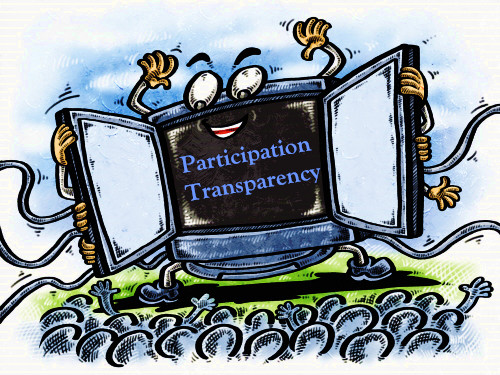For better green governance
- By Patrick Schroeder and Li Wanxin
 0 Comment(s)
0 Comment(s) Print
Print E-mail China Daily, December 12, 2013
E-mail China Daily, December 12, 2013
In the Decision on Major Issues Concerning Comprehensively Deepening Reforms, issued by the Third Plenary Session of the 18th Communist Party of China Central Committee, the words "participation" and "transparency/open" appear 19 and 18 times.

Transparency and public participation have been emphasized by the plenum document to enhance the credibility of government decisions and to improve the management of public affairs at the grassroots level.
Environmental protection is an important function that the government has to perform. Public participation in environmental governance issues, particularly in environmental planning decisions, has been and continues to be a hot topic for China. The recent order of the State Council to enhance public information dissemination and transparency of public authorities is an important step to facilitate more effective environmental governance.
But providing accurate and reliable information is only the first step and the basis for meaningful public participation. Much more needs to be done.
In 2006, the State Environmental Protection Administration, predecessor of the Ministry of Environmental Protection, gave specific environmental impact assessment (EIA) on how to make information public, solicit public opinions and get the public involved in EIA processes, such as public deliberations, public hearings and surveys. But it has been widely reported that the public has not been adequately involved in the EIA process or other environmental planning decisions. The main reason for that is that project owners and EIA assessors are afraid of potential public opposition and often do not adopt credible methods for facilitating public participation.
With the Chinese society undergoing rapid transformation, it is necessary to make preparations for more public participation in environmental planning and assessment both through institutional and extra institutional channels. Addressing increased public environmental awareness and rising private concern about health and property need to go hand in hand - and should include more space for public participation in the environmental decision-making process.
Although the authorities have institutionalized public participation in government decision-making process and provided legal protection to private property, in practice public participation, particularly at the local level, is still highly contested and negotiated.





